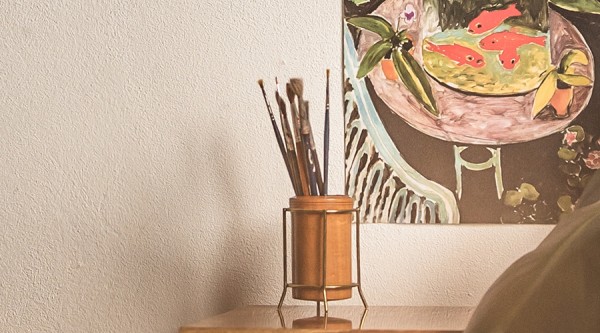
Impressionism appeared in Europe at the turn of the 19th and 20th centuries as a response to already outdated Romantic painting. This trend in art was initiated by Parisian painters, and the name of this trend was derived from Claude Monet's painting "Impression".
Impressionism in painting - genesis, features, development
Impressionist painters were united by their opposition to the painting of the Romantic era, operating within rigid rules and full of pathos. The character of the impressionist paintings was not ideological, they were not characterized by the worldview in any way, and their creators were reluctant to refer to historical, political or religious themes. Artists creating in the Impressionist trend were characterized by a desire to cut themselves off from gloomy, in their opinion, realism - they wanted to portray everyday life, focusing on its positive side. Impressionism, by definition, does not explore any serious topics. It did not use a metaphor or complicated stylistic means. He also did not deal with metaphysical topics, and the form was dominant over the content. The Impressionists were interested in portraying the fleeting moment, emotions and the dynamics of movement.
The Impressionists' favorite subject was the everyday life of the townspeople and nature. The use of the water theme is very characteristic in impressionistic paintings. Water, being colorless, had a double meaning - apart from being one of the elements, it was also, as colorless, a carrier of color.
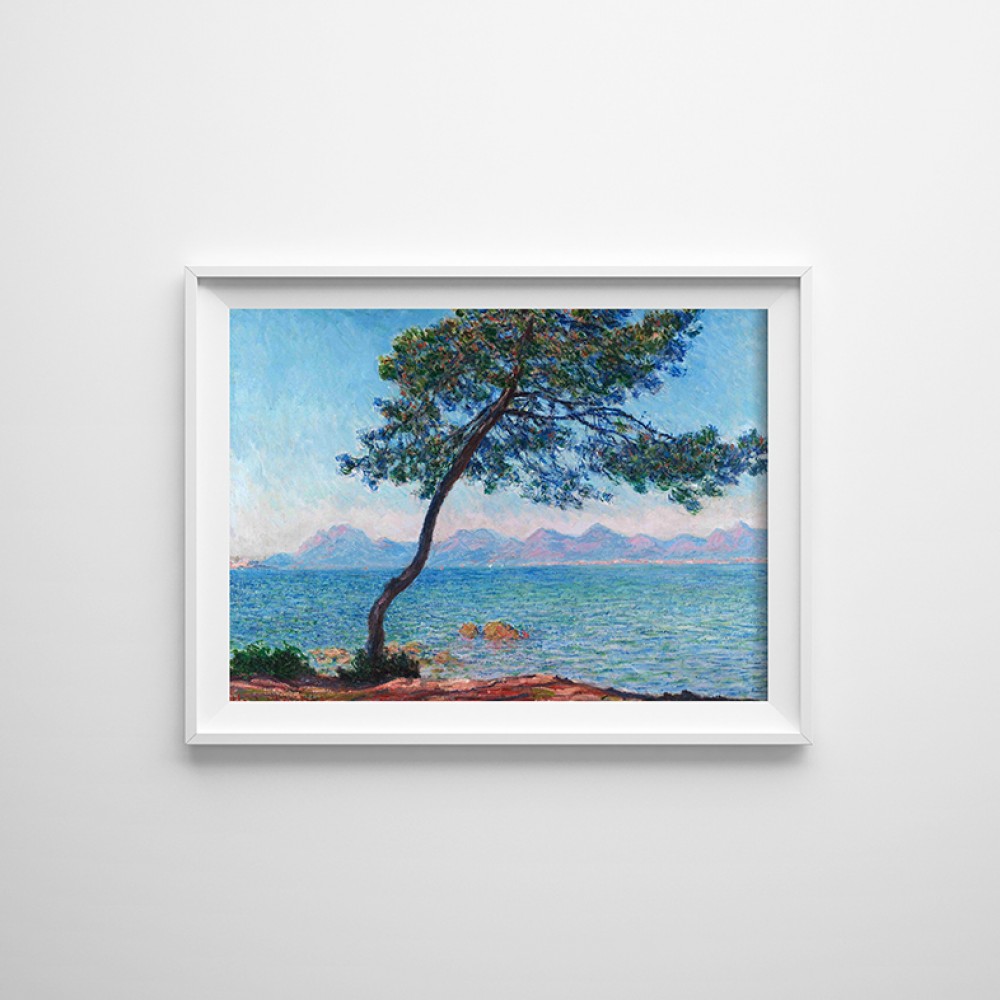
Claude Monet, The esterel mountains. 1888
Some time ago, we posted more extensive material on Japanese woodcuts, where we mentioned a bit about how the Ukiyo-e style influenced the shaping of European painting at the end of the 19th century and the understanding of art by Europeans. Those interested in a more in-depth analysis are invited there, and here we will tell you about one more, very important, factor that influenced the formation of a completely new vision of painting.
Impressionism and physical science
Advances in physical sciences had a huge impact on the art of the Impressionists. The discoveries of optics allowed us to look at art in a completely new, previously unknown way. The breakthrough in physical color theory, made by Isaac Newton, who discovered that light in fact consists of seven primary colors, allowed for further advances in this field and led to the formulation of the law of simultaneous contrast. The Impressionists were the first to use only seven basic colors - red, orange, yellow, green, blue, indigo and purple, mixing them directly on the canvas, not on a palette. It is light and shadow, as well as their influence on the colors visible to the human eye, that have become the characteristic features of impressionist painters.
It is also impossible to ignore the revolution brought about by the invention and popularization of photography. Amateur photography, which reflects the mood of the moment better than professional, posed and studied portraits, began to pave the way for new ways of composing space on painting canvases. An innovative opening of the composition was allowed, often being accidental fragments from the whole. In this treatment, you can also find artists inspired by Japanese art.
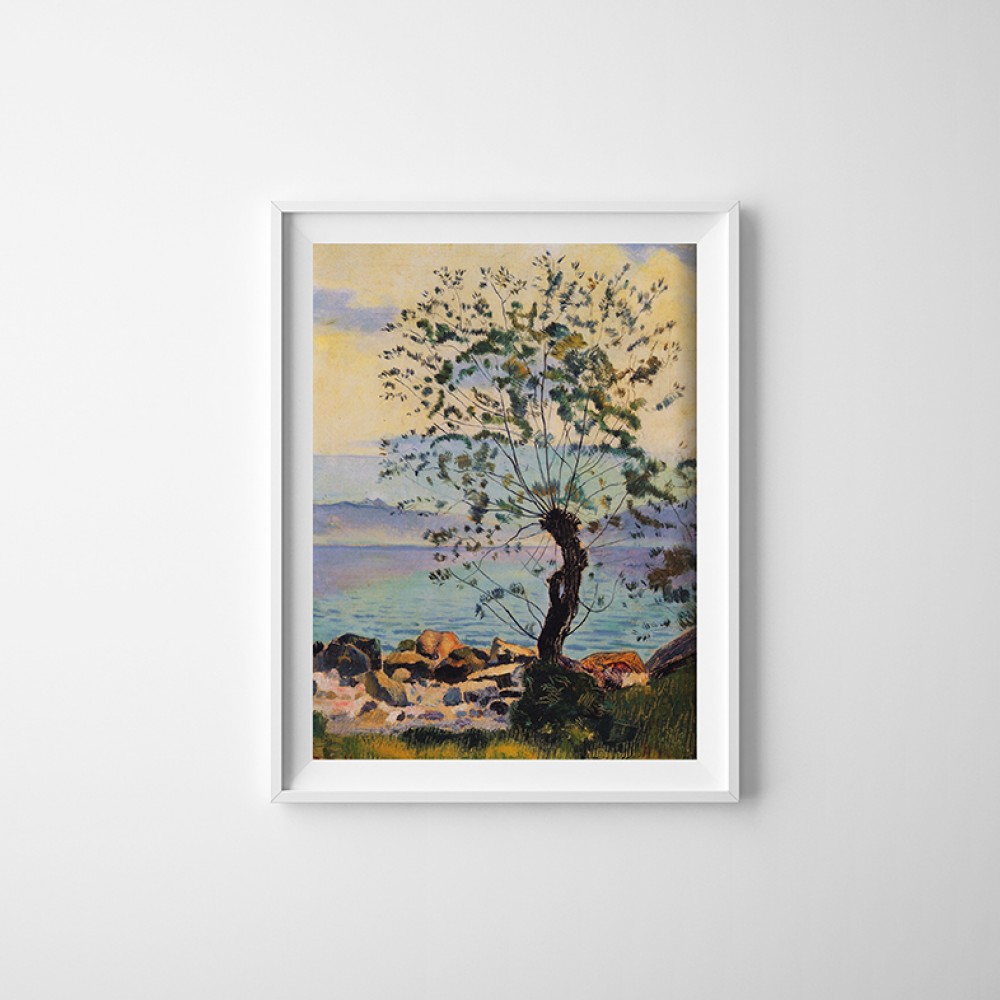
Ferdynand Hodler, Willow Tree by the Lake, 1890
In our collection of posters representing impressionist painters, you will find many artists belonging to this trend, such as Winslow Homer, Ferdinand Hodler, Georges Lemmen, Claude Monet, Henri Edmond Cross and Edgar Degas.
Post-impressionism - painting by Vincent van Gogh
If we are to discuss expressionism, it is impossible to ignore the phenomenon of post-impressionism and the figure of Vincent van Gogh, who is considered to be the precursor of expressionism (like all other post-impressionists, to be honest). His work, characterized by vivid and emotional colors, had a huge impact on the painting of the 20th century.
Post-impressionism was a continuation of research on color, initiated by impressionist painters. However, it rejected many principles of impressionism, which were constitutive. Post-impressionists focused on the autonomy of a painting, and their aim was to break away from the concept of mimesis. For many artists, post-impressionism was the starting point for creating their own style.
However, Van Gogh did not create in isolation from realism, and the influence of optics research in his work is clearly visible. Art historian ALbert Boime has shown that even the seemingly fantastic and unreal landscapes of van Gogh are influenced by realism. One of his most famous works, "Starry Night", actually portrays the halo phenomenon.

Vincent van Gogh, Almond Blossom, 1890
Expressionism and its features
Expressionism is a term that refers to a phenomenon in art that developed in earnest at the beginning of the 20th century. However, we must remember that post-impressionism paved the way for him, redefining the concepts established in art. Its precursors include such artists of the nineteenth century as the aforementioned Vincent van Gogh, Paul Gauguin, James Ensor and Edward Munch.
Expressionism was born spontaneously as a result of sudden social and artistic changes at the end of the 19th century. The aim of expressionist artists was to search for their appropriate means of expression and individual style. The creators sought to bring out exceptional, different, even pathological events. Expressionism gave up the illusion of three-dimensional space suggested by perspective, replacing it with a play of contrasting colors and shapes.
Although it was Impressionism that was the source of the changes that gave rise to Expressionism, we cannot say that Expressionism was a historical continuation of the work of Impressionism. He was in opposition to impressionism, even though he also referred to the artist's subjective impressions and feelings. In the case of expressionism, painters focused on unpleasant, depressing, difficult and negative events. Hence the nature of the images created within this trend - often violent, aggressive. The most characteristic feature of this trend was the deformation of color and shape, achieved by various stylistic means. We can find this deformation in the works of both Egon Schiele and Frantisk Kupka, although in both cases it has a completely different character.
In our collection of reproduction posters, you will find expressionism representatives such as Frantisek Kupka, Marienne von Werefkin, and Egon Schiele, although affiliation within a given direction in the case of the latter is a moot point.

Frantisek Kupka, Among Verticals, 1910-1911
Egon Schiele - Expressionist or Secessionist?
An interesting case on the map of our journey through European painting of the 19th and 20th centuries is Egon Schiele. Again, we've devoted a bit more text to him on our blog, but we can't leave it out of this compilation as well: his art clearly influenced Art Nouveau and its master, Gustav Klimt, especially in his earlier works. Despite this, the Art Nouveau stylistics in his paintings is filtered through expressive sensitivity, constituting a bridge between the two trends.
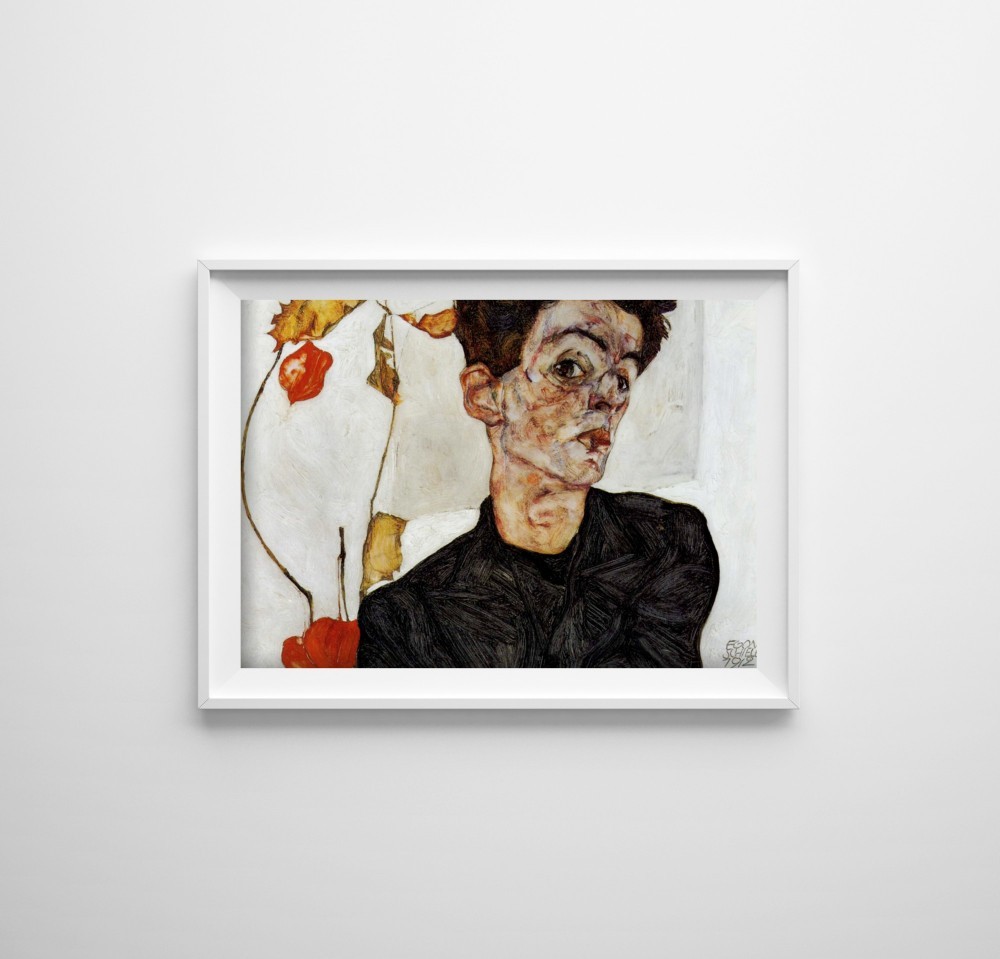
Egon Schiele, Self Portrait, 1912
Fauvism as a branch of expressionism
Fauvism is an art direction that is basically a branch of expressionism. The name, derived from the French les fauves, meaning wild animals, perfectly reflects the nature of the paintings created within this trend. It was characterized by a vivid, detached from reality colors, dynamics, simplified, even "comic" drawing. However, fauvism, in contrast to expressionism, did not have a dramatic or intellectual level, and the artists' work was rather carefree and uninhibited, devoid of dark character and inherently pessimistic overtones.
One of the most famous representatives of Fauvism is Henri Matisse, who is considered to be the informal leader of this movement. Matisse is one of the lucky ones who managed to gain fame during their lifetime by exhibiting their paintings, among others, at the famous Paris Autumn Salon. His fame does not fade away and today - the exhibition of his works at the London Tate Gallery in 2014 was one of the biggest box office successes in the history of this institution. His vivid, expressive paintings are the perfect example of Fauvism.
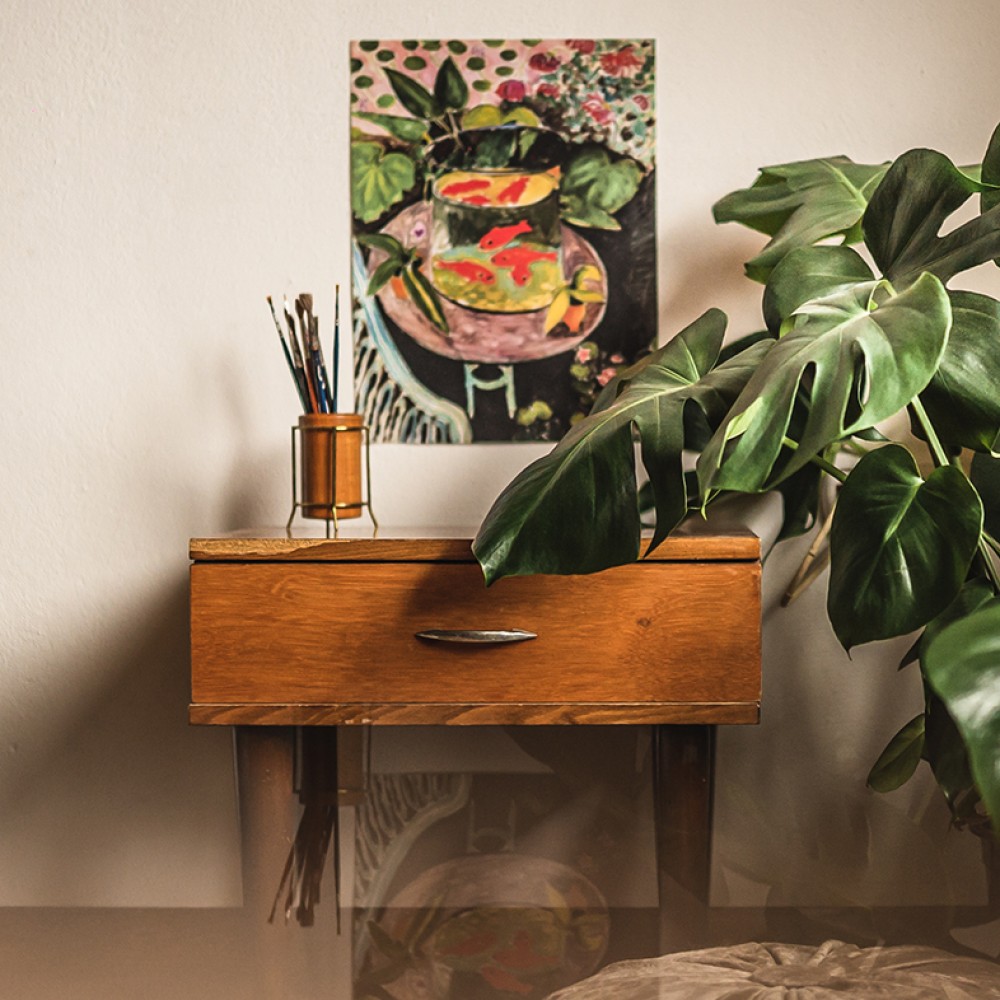
Henri Matisse, The Goldfish 1912
Related articles:
HOW TO FRAME A POSTER AND GRAPHIC - PROVEN AND EFFECTIVE METHODS

How to arrange a kitchen in retro style?

How to decorate a living room in retro style?

Loft in the climate of an old factory - how to decorate an industrial interior?


